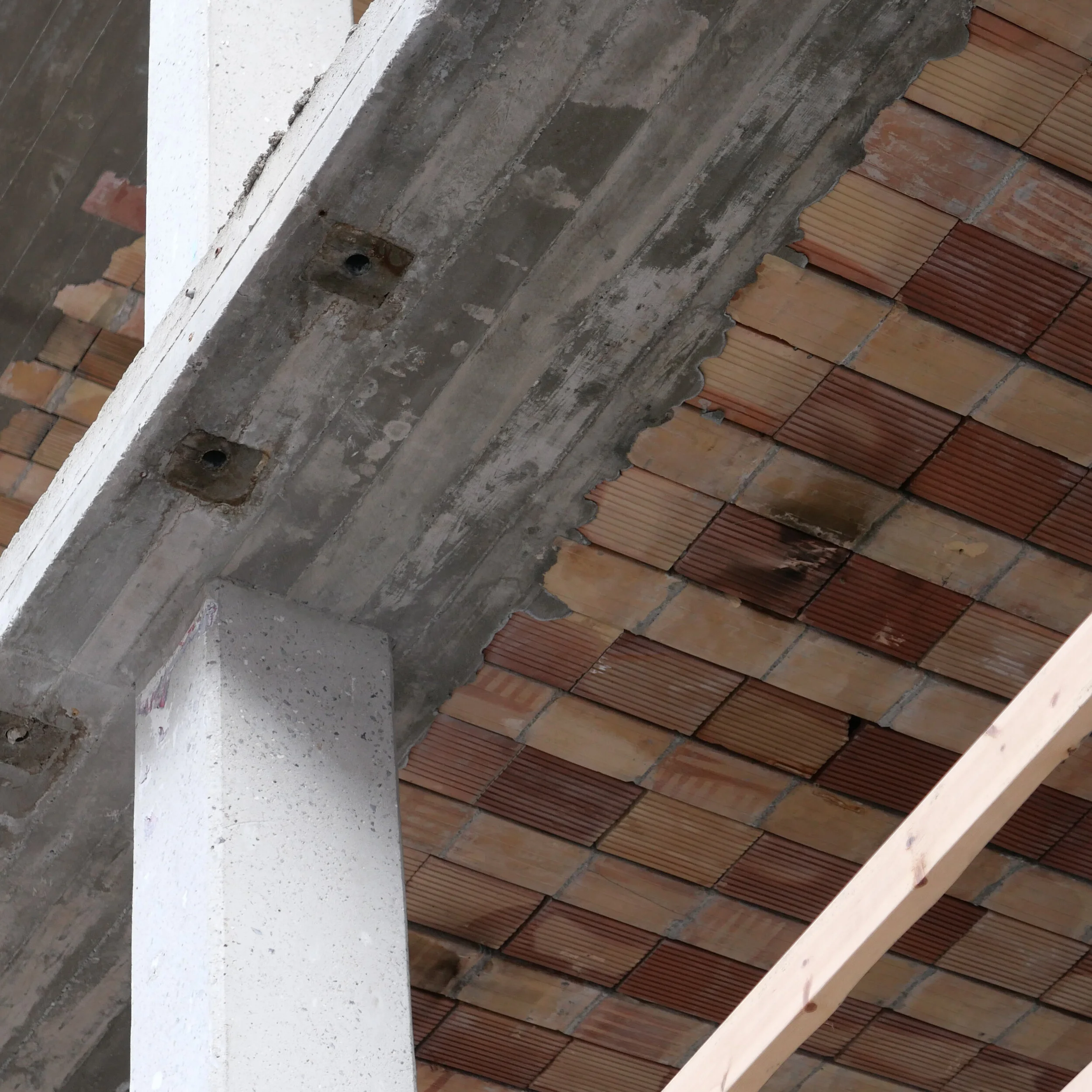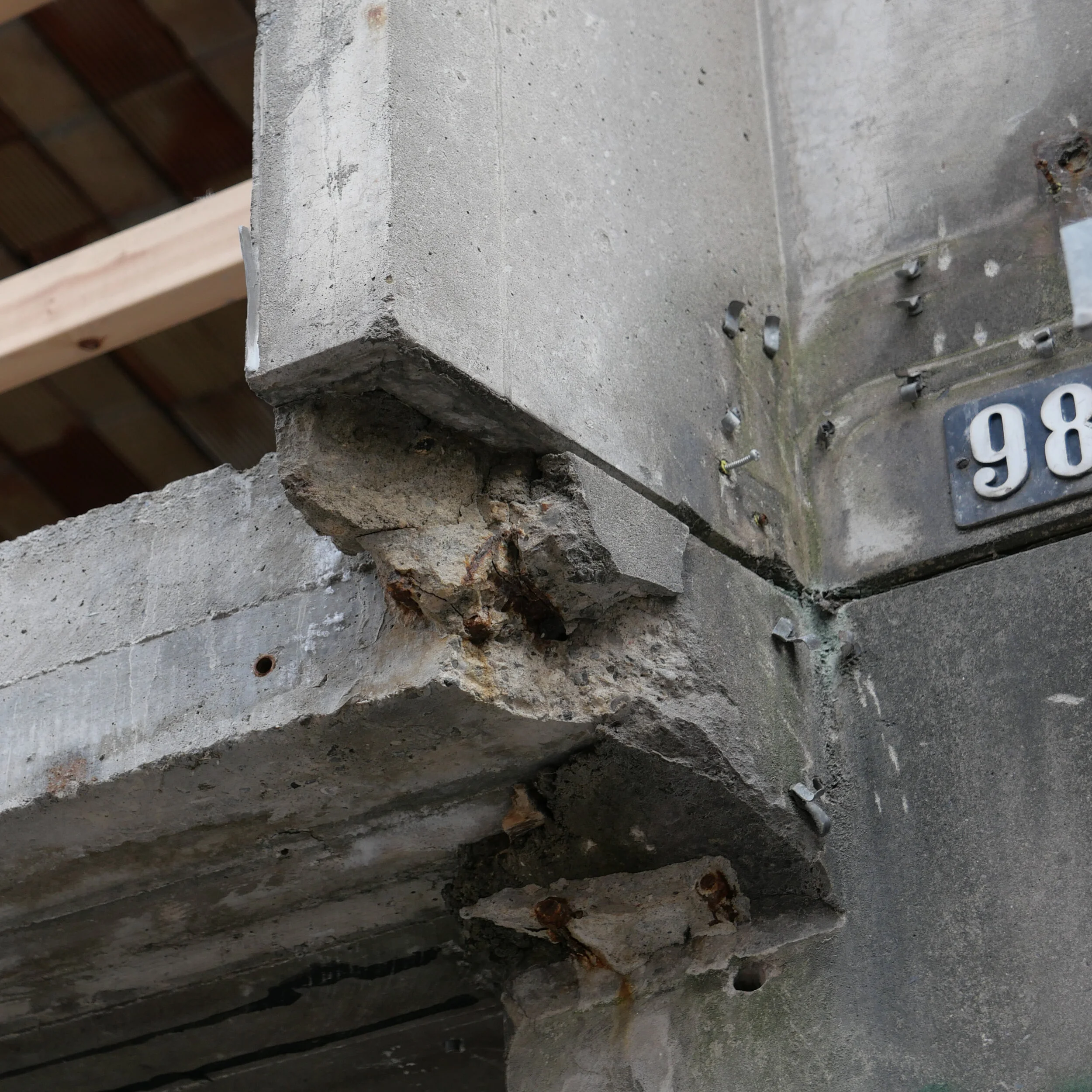retaining the frame
/work for the new Hilton hotel on the harbour where the concrete frame of an office building designed by Palle Suenson and completed in 1962 will be retained although all exterior cladding has been removed and the interior gutted
With the major redevelopment of the Ørkenfortet / Desert Fort building on the inner harbour, it would be interesting to see calculations for any environmental gain from retaining the concrete frame against the carbon footprint or cost from demolishing the building from the 1960s and disposing of that building rubble and then constructing a new building that would, almost-certainly, require substantial amounts of new steel and concrete.
Copenhagen, unlike many European capital cities, did not suffer from a massive and unrestrained programme of “urban renewal” in the 1950s and 1960s so there is a relatively small number of concrete and steel buildings from that period. One building that is being remodelled now is on Store Kongensgade - below - where the windows and framing of the street frontage have been removed and the interior has been gutted to expose the concrete frame before the building is completely remodelled to form student accommodation.
In the second half of the last century and even through into this century one model for developers was to assume a relatively short life for any new building … sometimes little more than twenty years. This is only acceptable in exceptional situations and, presumably, planning applications will now have to include environment impact assessments - not just for the impact on existing buildings around the site but the environmental impact of demolishing and removing any buildings on the site with an impact assessment and carbon footprint for new construction and clearly defined plans for later adaptation or for later reuse of those building materials.
100-106 Store Kongensgade















































